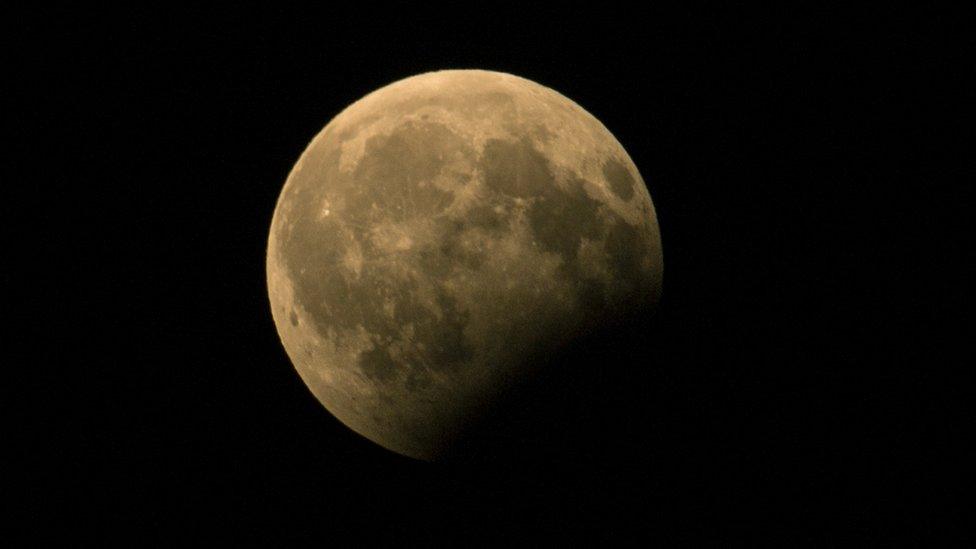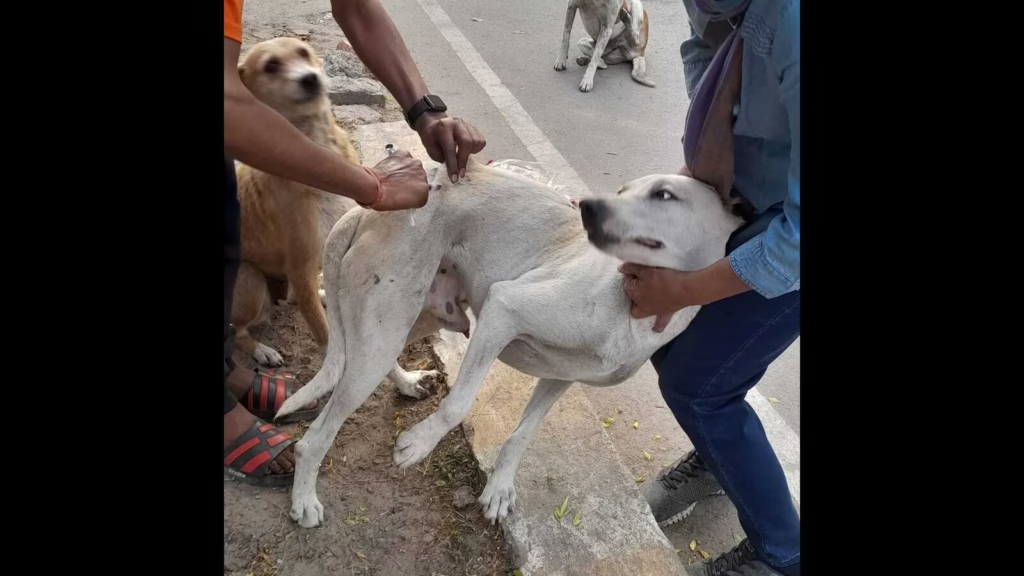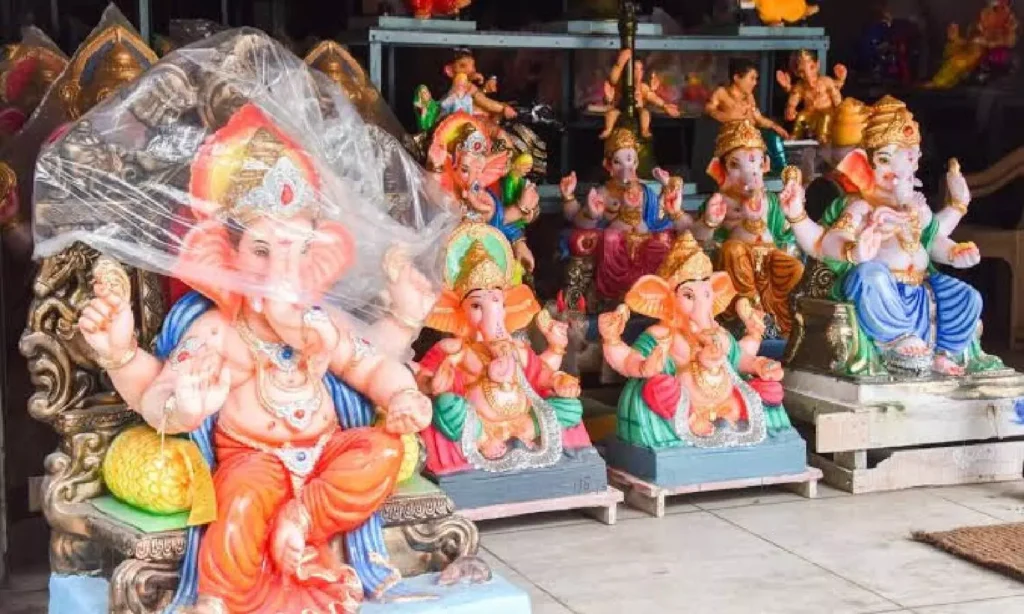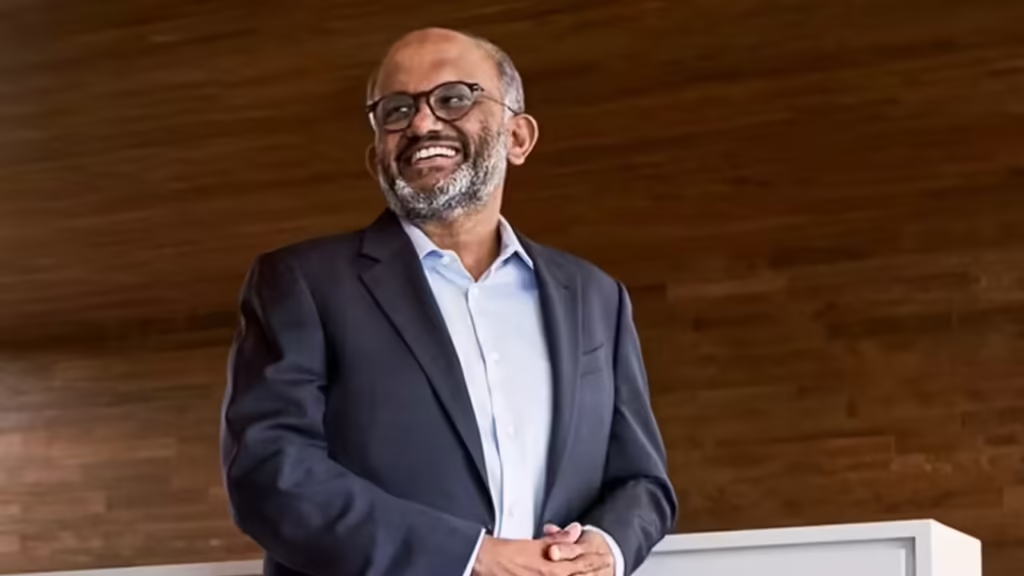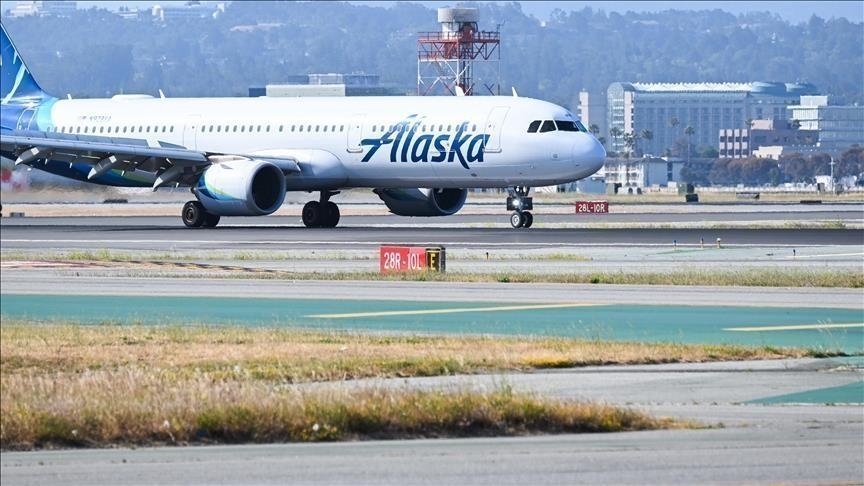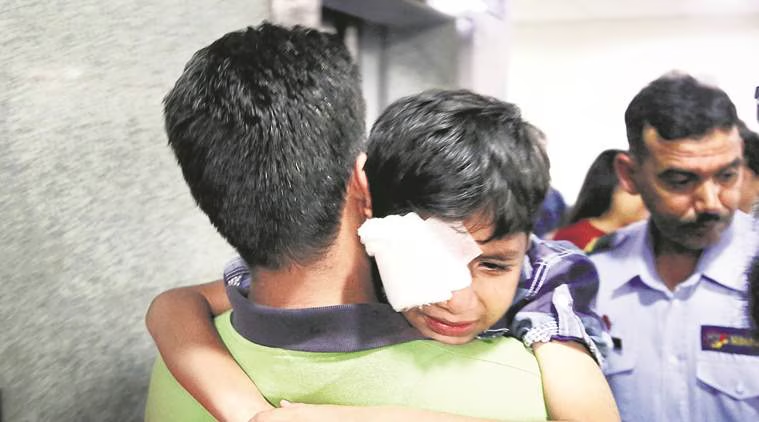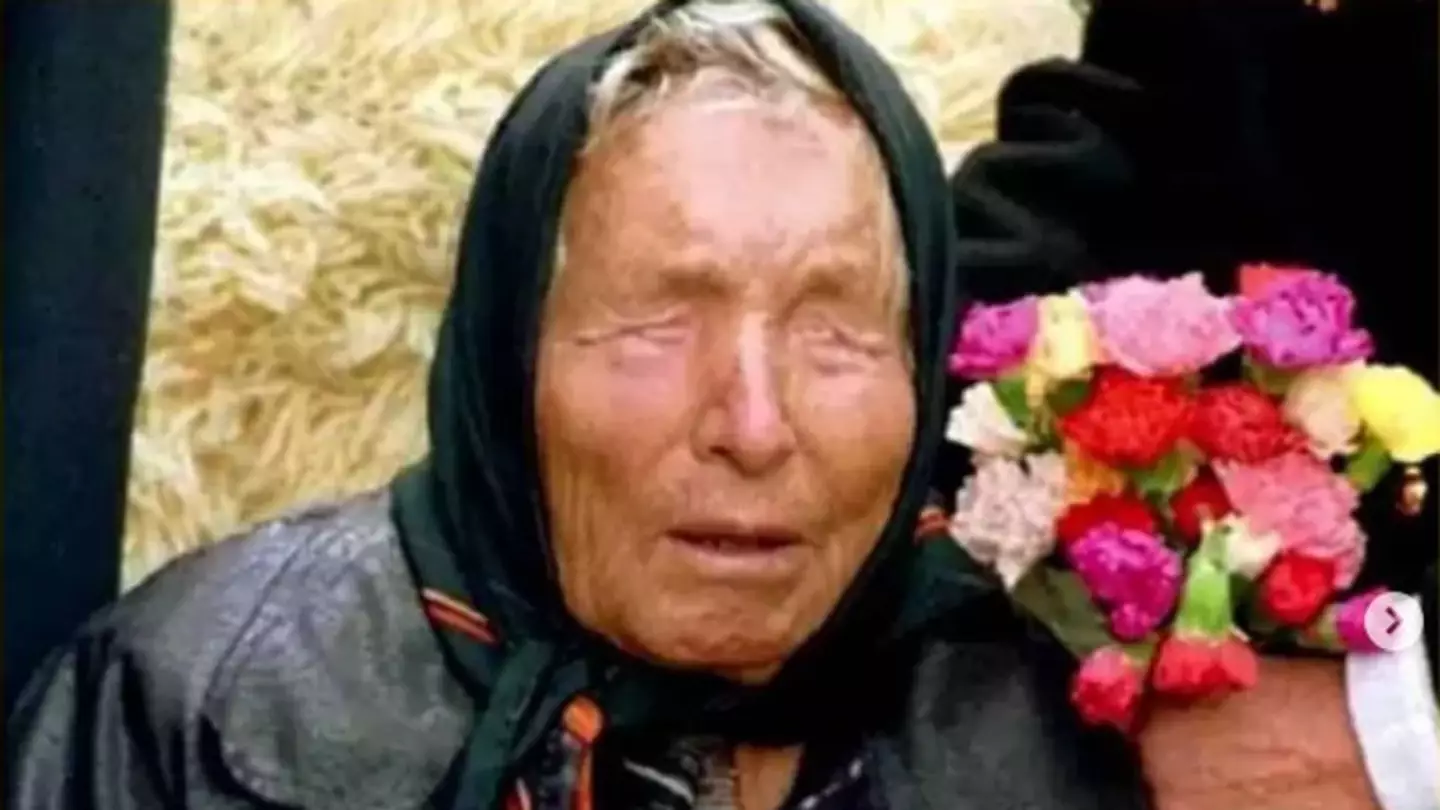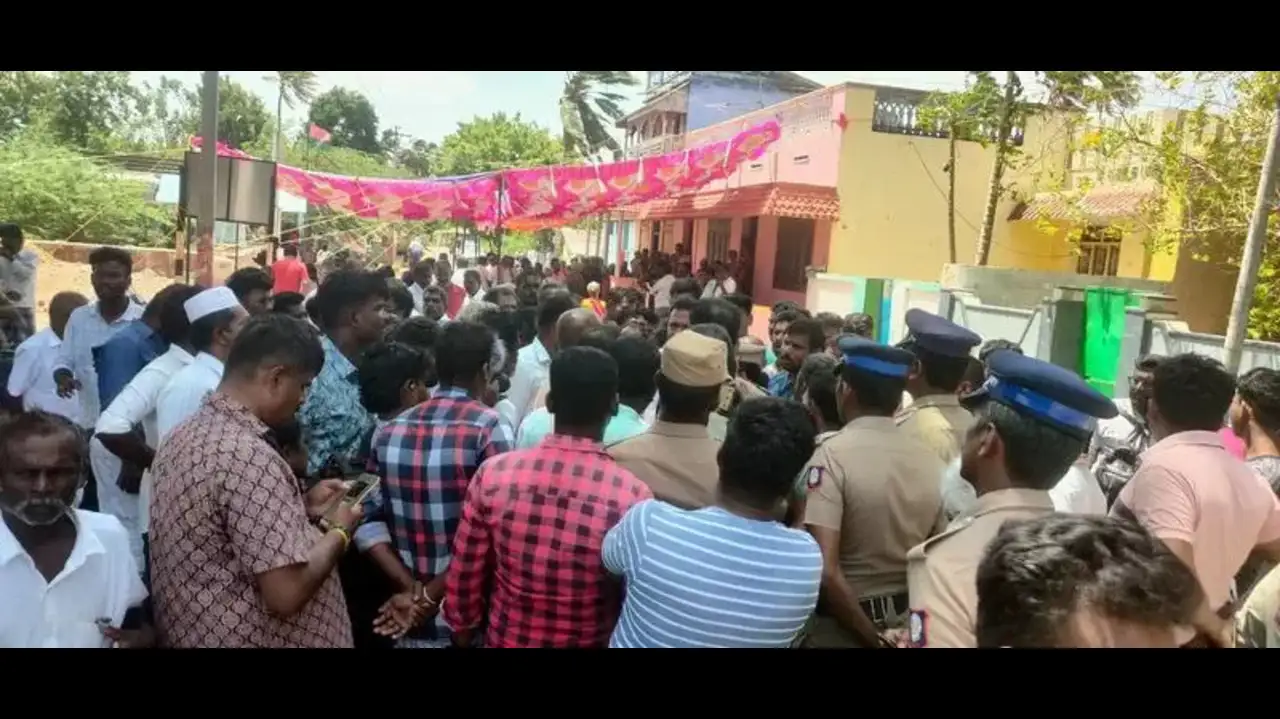Now Reading: Malegaon Blast Case Verdict: All Accused, Including Pragya Thakur and Lt Col Purohit, Acquitted After 16 Years
-
01
Malegaon Blast Case Verdict: All Accused, Including Pragya Thakur and Lt Col Purohit, Acquitted After 16 Years
Malegaon Blast Case Verdict: All Accused, Including Pragya Thakur and Lt Col Purohit, Acquitted After 16 Years
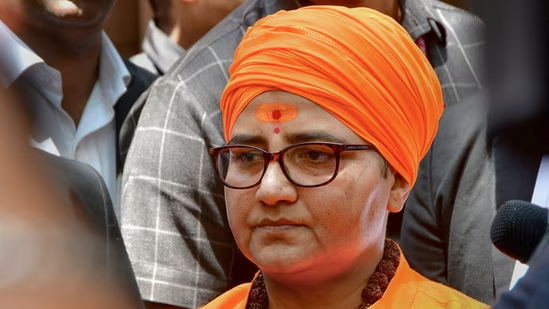
A special NIA court in Mumbai has acquitted all seven accused in the 2008 Malegaon bomb blast case, including BJP MP Pragya Singh Thakur and Lt Col Prasad Purohit. The verdict came after a 16-year-long legal battle, bringing closure to one of the most politically and communally sensitive cases in recent Indian history.
What Happened in 2008
On September 29, 2008, two bombs exploded near a mosque in Malegaon, a town in Maharashtra’s Nashik district, killing six people and injuring over a hundred. The case drew national attention, not only because of the location and timing but also due to the arrest of individuals with alleged links to Hindu nationalist groups—a first in India’s modern terrorism investigations.
Court’s Reasoning and Outcome
The NIA court ruled that the prosecution failed to present sufficient and conclusive evidence against the accused. Key witnesses had turned hostile during the trial, and several of the statements made during the early phase of the investigation were not found admissible in court. The judge noted that mere suspicion, without strong proof, cannot be a ground for conviction in a case of this nature.
This verdict essentially dismantled the original theory of a planned terror attack by a so-called “Hindutva terror module,” a term that sparked controversy and political debate back when the case first broke.
Pragya Thakur and Purohit’s Role in Spotlight
Both Pragya Thakur and Lt Col Purohit had spent significant time in custody before being granted bail years later. Thakur went on to contest and win the 2019 Lok Sabha elections from Bhopal as a BJP candidate. Purohit, who was an officer in the Indian Army, had consistently maintained that he was working undercover to track extremist activities.
The court’s acquittal now legally clears both of them of any wrongdoing in this case.
Political and Social Reactions
Reactions to the verdict are split across party and ideological lines. Supporters of the accused see the verdict as a long-overdue vindication. Critics, however, fear that justice for the victims has been denied. On social media and in public discourse, the case has re-ignited conversations about selective justice, institutional trust, and communal narratives in terror investigations.
In many Tier 2 cities like Malegaon, Nashik, and Indore—where public memory of the blast remains fresh—the news stirred mixed responses, with calls for peace and appeals to avoid communal polarization.
Conclusion: A Chapter Closes, But Questions Remain
With this verdict, one of India’s most debated terror cases comes to a legal end. But for many, especially the victims’ families and residents of Malegaon, unanswered questions linger. Was justice truly served? Or did the gaps in investigation overshadow the truth? As the dust settles, the case continues to leave behind a complex legacy of law, politics, and public perception.
